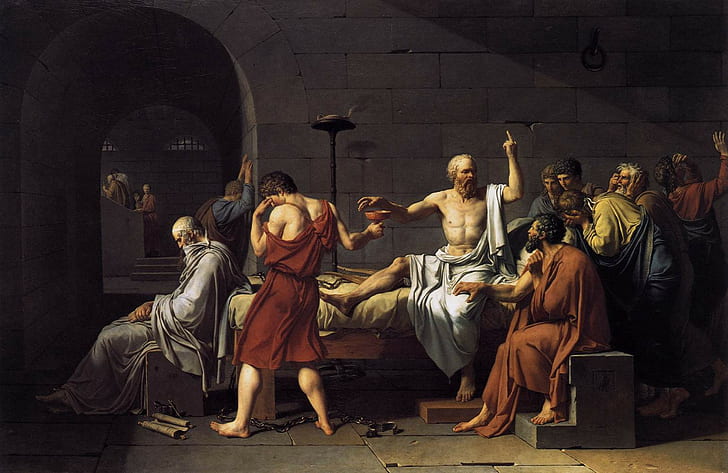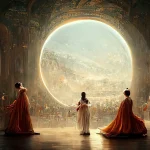Modern art has been portrayed as a tapestry of vibrant imagination and boldly diving invention. Nonetheless, its foundations go deep into the fertile grounds of ancient philosophy. Plato and Aristotle laid down the principles for artists to rethink art today. These concepts provide a perspective that helps to reflect on and recognize the essence of modern art. Plato’s ideal forms, for example, relate with the pursuit for purity in abstract art. The priority placed on balance and order that Aristotle emphasized may be observed in modern design and architecture. This interaction demonstrates an eternal exchange between ancient principles and contemporary expression. Our exploration reveals how ancient visions shape the spirit and form of current art. Thus, ancient philosophy continues to be a subtle but powerful factor in determining creative growth.
The Ideals of Beauty and Proportion
In ancient Greek philosophy, Plato and Aristotle actively laid out the ideals and principles of beauty and proportion, positioning these concepts at the core of their philosophical teachings. Themes that have resurfaced throughout history, influencing modern art styles. The relentless quest of ideal forms and harmonious proportions is a central motif in many modern artworks, reflecting the thoughtful explorations of the ancients.
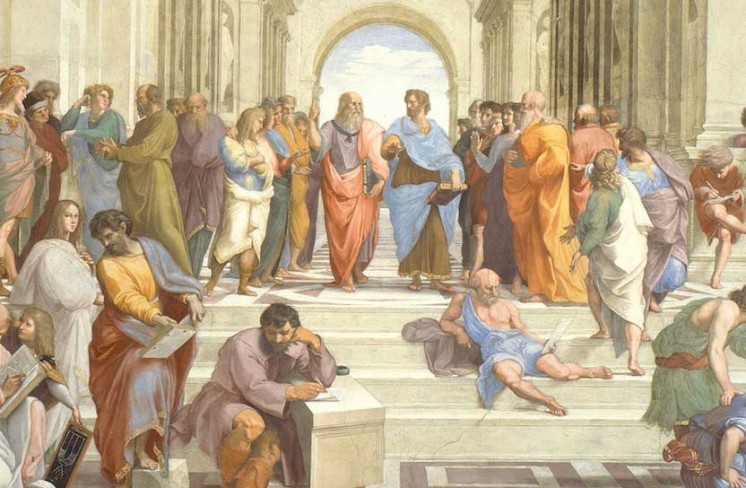
Stoicism and Abstract Expressionism
stoicism, an ancient Greek philosophy, emphasizes the importance of understanding the natural world and accepting the inescapable. Abstract expressionist artwork, a modern art form, actively prioritizes emotional expression over accurate visualization, exemplifying this concept. Though not entirely influenced by Stoicism, painters like Stoi and Jackson Pollock incorporate philosophical ideas into their work, emphasizing emotional purity and acceptance of chaos.

Epicureanism and the Celebration of the senses
Epicureanism advocates for seeking pleasure and avoiding pain. This philosophy influences modern art’s sensory exploration. Movements like impressionism and Surrealism reflect this. They focus on capturing light, color, and perception’s ephemeral qualities. Additionally, they emphasize enjoying the world’s sensual pleasures.
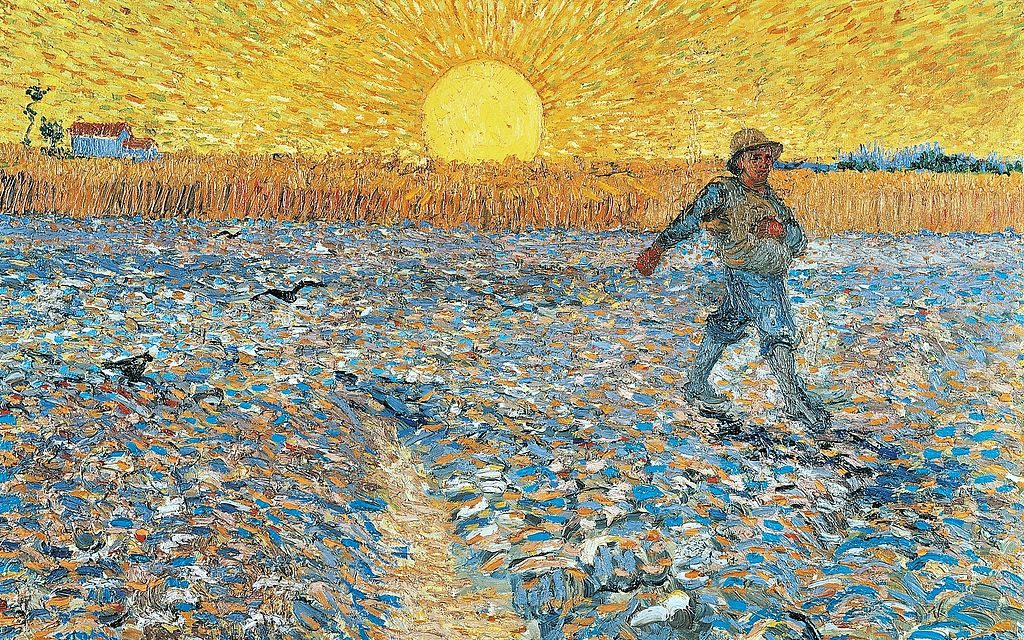
Neoplatonism and Symbolism
The Symbolism movement actively drew inspiration from Neoplatonism, which is a mystical interpretation of Plato’s principles. Artists like Gustave Moreau and Odilon Redon created artwork with mystical and symbolic characteristics, seeking to depict the unseen and spiritually, representing the core of Neoplatonic essences.

Aristotle’s Poetics and Narrative art
Aristotle’s “Poetics,” with its examination of storytelling and performing arts, has had a significant effect on current narrative art forms. Contemporary artists who make narrative-driven works frequently, whether deliberately or unintentionally, draw on Aristotelian principles of plot, character, and catharsis, illustrating the lasting utility of his ideas.
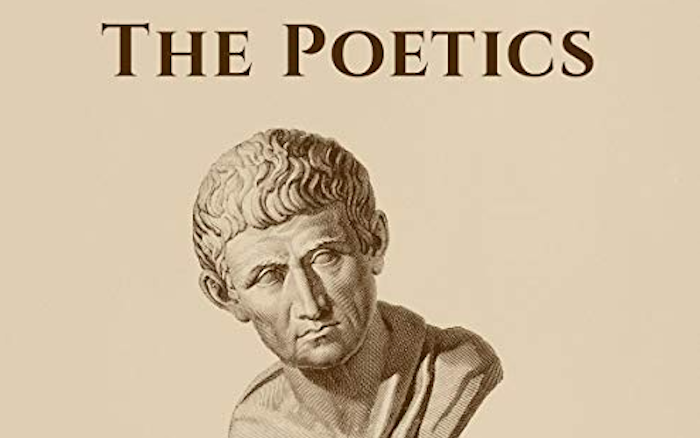
Ancient Philosophy in Contemporary Sculpture
Contemporary sculpture frequently draws inspiration from ancient philosophies, particularly evident in its active exploration of form, space, and the relationship between the human figure and the universe. Artists such as Henry Moore and Barbara Hepworth have accomplished works that reverberate the ancients’ philosophical probations, addressing themes of life, balance, and harmony.
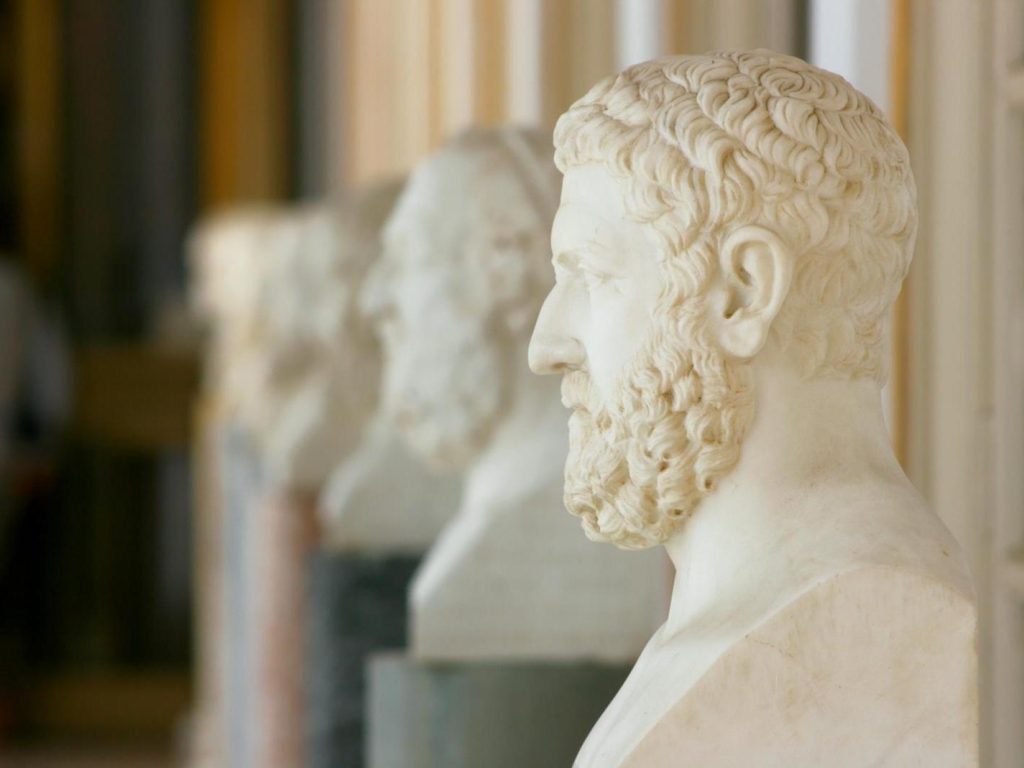
Ancient philosophy has had a deep and complex impact on modern art, spanning millennia of thought and aesthetics. Ancient philosophies, such as those of Plato and Aristotle, lay the groundwork for comprehending beaty and form, both of which are fundamental to contemporary art. Modern artists have interpreted and reshaped these philosophical concepts, resulting in unique manifestations that challenge and enhance our perspectives. Socratic dialectics stimulate critical discourse in art, encouraging audiences to question and interact closely with artwork. The emphasis on resilience in Stoicism is paralleled in the endurance and plots of contemporary art. In essence, the persistent heritage of ancient philosophy in modern art is its capability to inspire, provoke, and raise our knowledge of the world and our role within it, making it an eternal source of inspiration and reflection for both artists and audiences alike.

